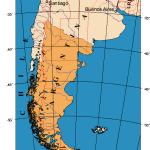 Patagonia is one of the most diverse geographies on Earth. It encompasses the lower end of South America, mostly in Argentina but also spanning Chile. As such it touches on two coastlines – the Atlantic on the Argentinian east and the Pacific on the Chilean west. The area goes from the high Andes, to the low scrubland plains, the large lake filled northwest, glaciers in the southwest, and coastlines of the southeast. Animals range from the ostrich-like choiques (CHOY-kas) and camel-like guanacos (WAN-a-coes) to snakes and penguins. Yes, penguins.
Patagonia is one of the most diverse geographies on Earth. It encompasses the lower end of South America, mostly in Argentina but also spanning Chile. As such it touches on two coastlines – the Atlantic on the Argentinian east and the Pacific on the Chilean west. The area goes from the high Andes, to the low scrubland plains, the large lake filled northwest, glaciers in the southwest, and coastlines of the southeast. Animals range from the ostrich-like choiques (CHOY-kas) and camel-like guanacos (WAN-a-coes) to snakes and penguins. Yes, penguins.
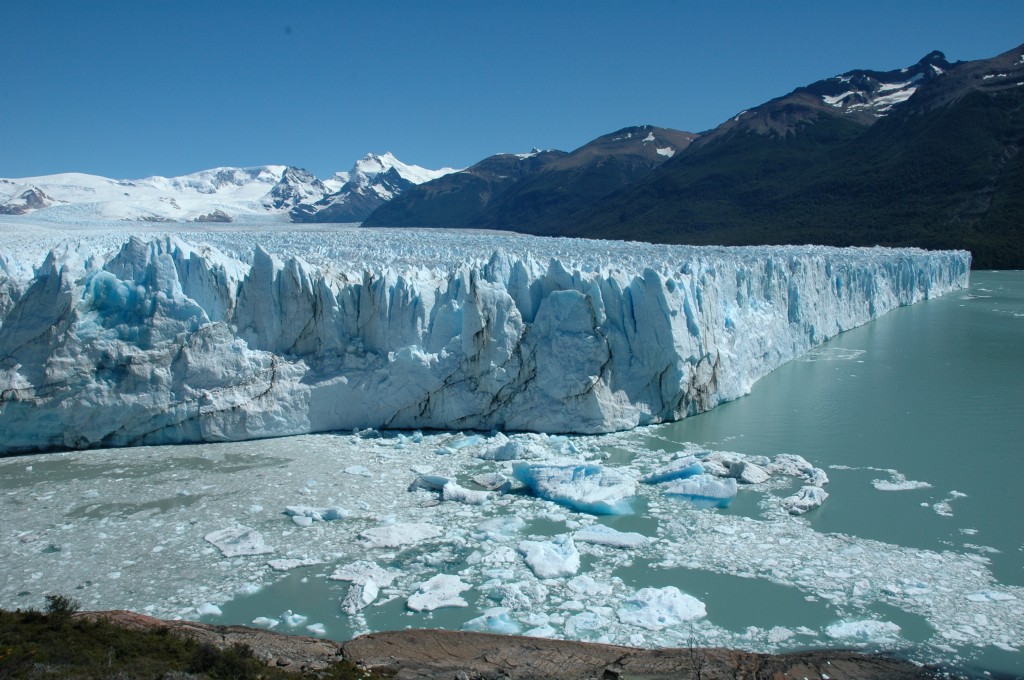
Last year I spent three weeks in Patagonia, traveling from the very north in Bariloche down through the Argentinian side of the Andes mountains to the southern glaciers at Perito Moreno. A planned visit to the Chilean side of the Andeans was quashed by an unforeseen broken ankle (my host’s, not mine), but that opened up a return trip driving east through the desert-like steppe and up the eastern coastline. Another week was split between enjoying the beautiful lakes of Bariloche and visiting various doctors and hospitals (see “unforeseen broken ankle”). I also got to visit with my host’s fisheries biology lab mates. All in all a fantastic trip.
I’ll be writing much more on Patagonia (and planning another South American trip), but to catch everyone up here are links to previous posts. Click on the titles below.
The Route: A quick tour of the plan for the trip, and some highlights.
Cueva de las Manos…the Cave of the Hands: An amazing place with 10,000 year old hand prints. It was quite a challenge to hike to, which made it all the more incredible.
Mount Fitz Roy and the Glaciers: Mountains named after the Captain of the Beagle (Charles Darwin’s ship). An amazing hike with even more amazing views.
Up Close and Personal with the Perito Moreno Glacier: One of the most iconic glaciers in the world (you’ve probably seen photos). It’s even more impressive up close.
The Gravel Roads of Patagonia: This was a road trip. Except the roads were often more in name than actuality. A good story was had by all.
Drinking Tea, aka, Mate, in Argentina: No trip to Patagonia is possible without a healthy dose of matte, the South American “tea” that is as much a social event as it is a libation.
Much more on Argentina and other points south in the future.
David J. Kent is an avid science traveler and the author of Lincoln: The Man Who Saved America, now available. His previous books include Tesla: The Wizard of Electricity and Edison: The Inventor of the Modern World (both Fall River Press). He has also written two e-books: Nikola Tesla: Renewable Energy Ahead of Its Time and Abraham Lincoln and Nikola Tesla: Connected by Fate.
Check out my Goodreads author page. While you’re at it, “Like” my Facebook author page for more updates!
Follow me by subscribing by email on the home page. Share with your friends using the buttons below.



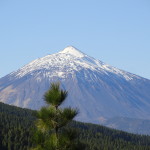 The road to Tenerife is paved with four inches of snow. At least, that was the case for this trip. So while the warmth of the largest Canary Island waited off the coast of Morocco, my plane sat in the Brussels airport buried in snowflakes. At first it seemed just a minor delay – only a half hour waiting for the bus to take us to the Airbus A320. Brussels had seen snow before, I reminded myself, and this didn’t seem like that much. The snow coming in on the train was
The road to Tenerife is paved with four inches of snow. At least, that was the case for this trip. So while the warmth of the largest Canary Island waited off the coast of Morocco, my plane sat in the Brussels airport buried in snowflakes. At first it seemed just a minor delay – only a half hour waiting for the bus to take us to the Airbus A320. Brussels had seen snow before, I reminded myself, and this didn’t seem like that much. The snow coming in on the train was 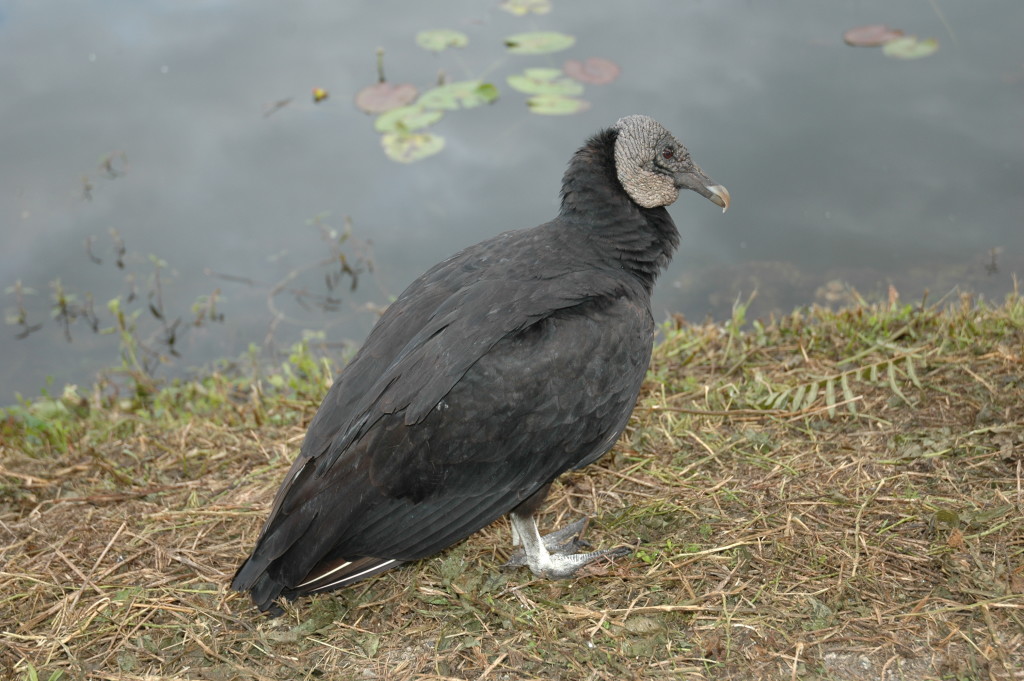
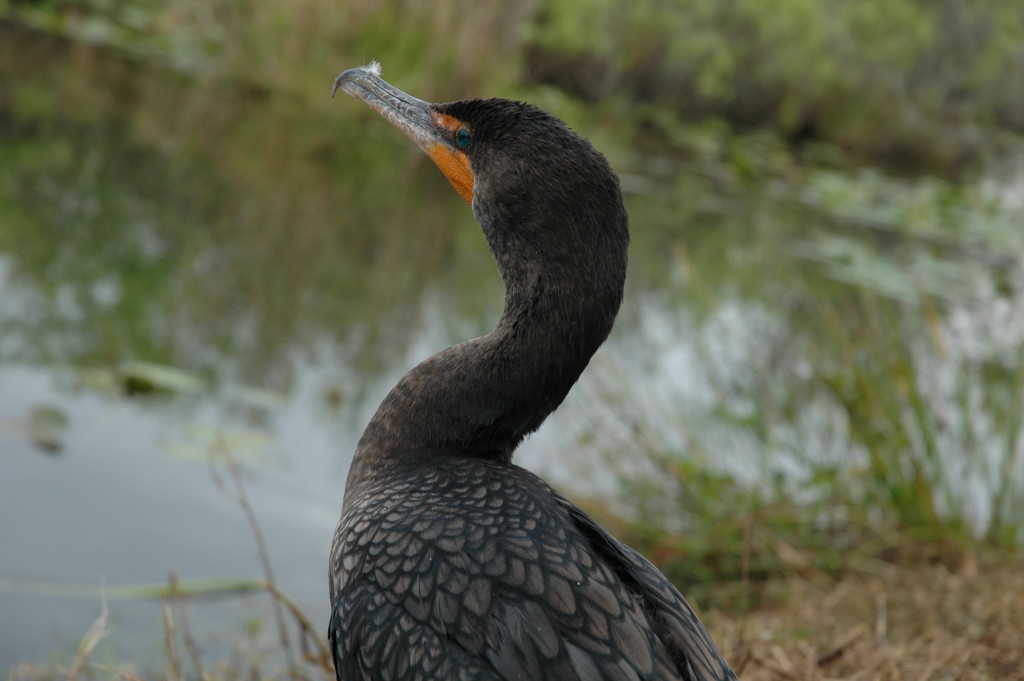
 Many years ago I lived in Bermuda for a college semester. There were 15 of us learning how to be marine biologists while living at the Bermuda Biological Station for Research. For two months we studied, we dived, we snorkeled, we spent hours bent over equipment in the laboratory searching for microscopic parasites. Fun was had by all.
Many years ago I lived in Bermuda for a college semester. There were 15 of us learning how to be marine biologists while living at the Bermuda Biological Station for Research. For two months we studied, we dived, we snorkeled, we spent hours bent over equipment in the laboratory searching for microscopic parasites. Fun was had by all.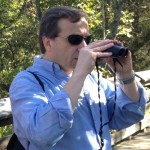 A year ago I wrote some
A year ago I wrote some 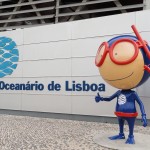
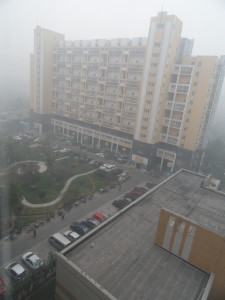

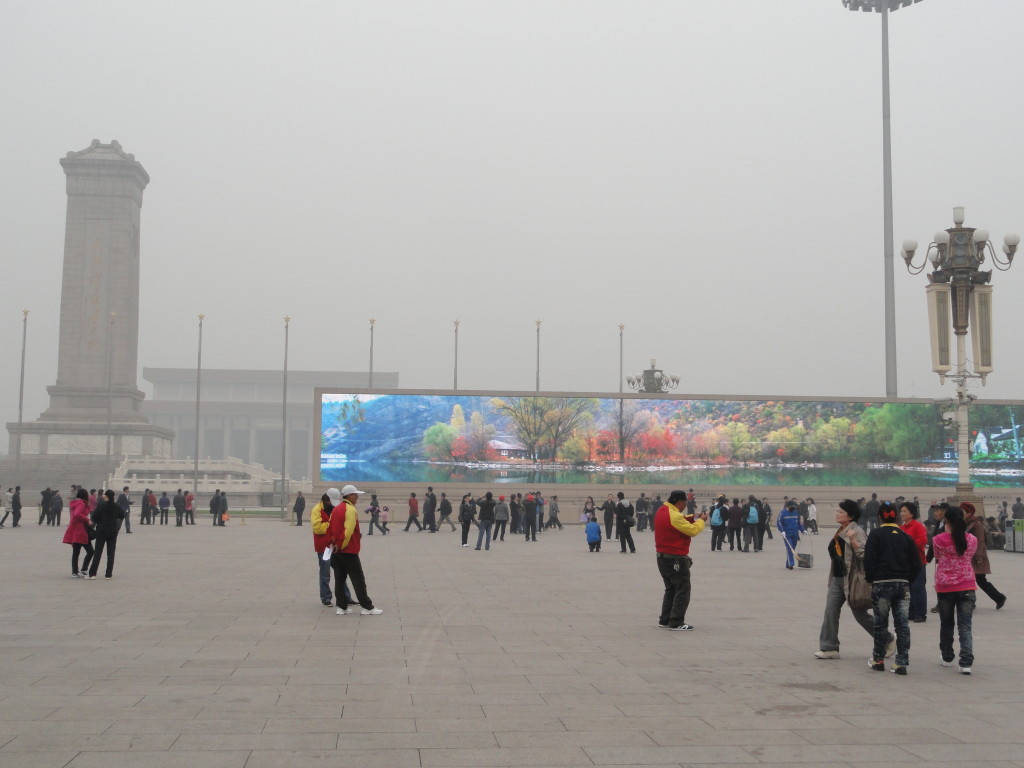
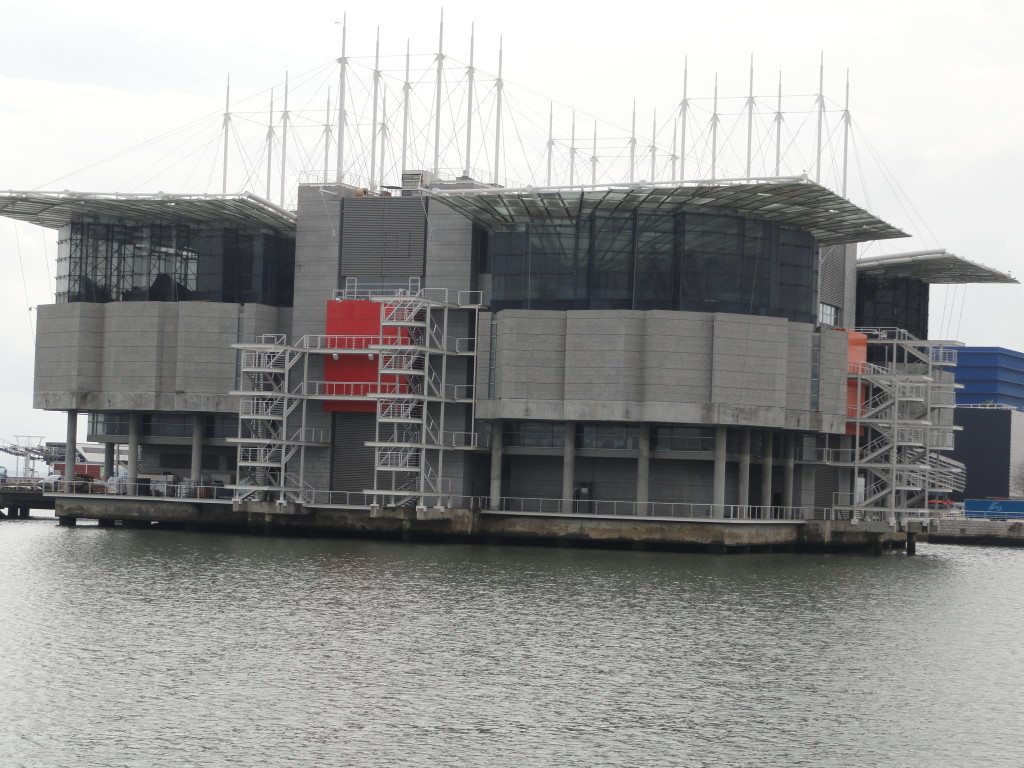
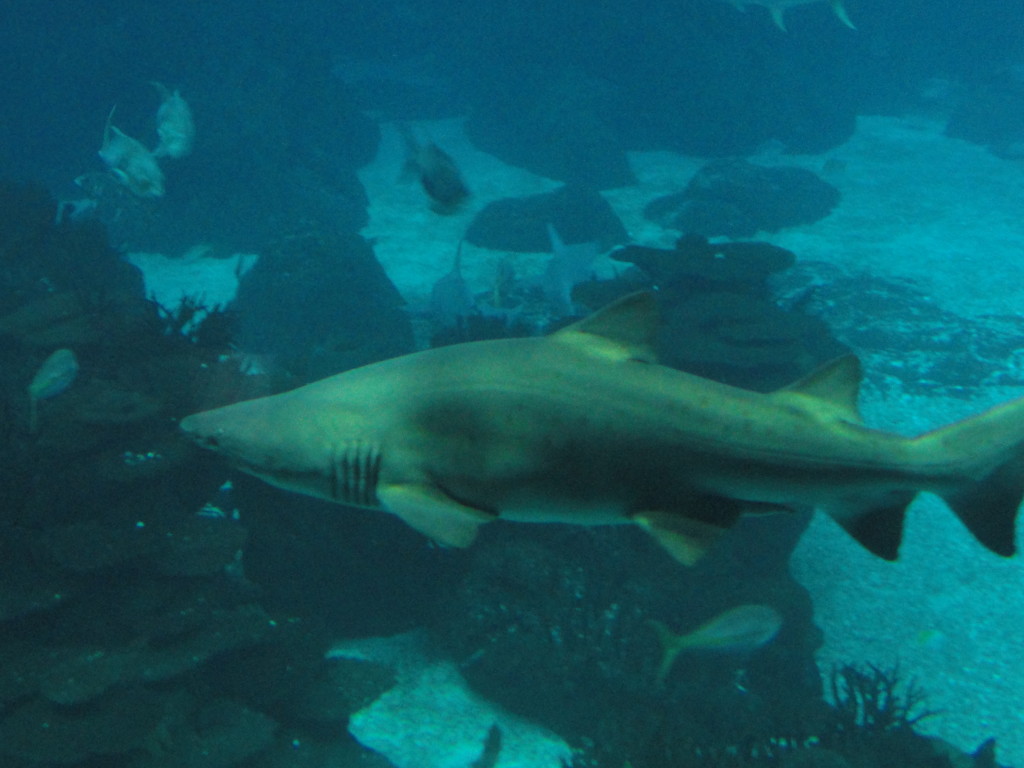
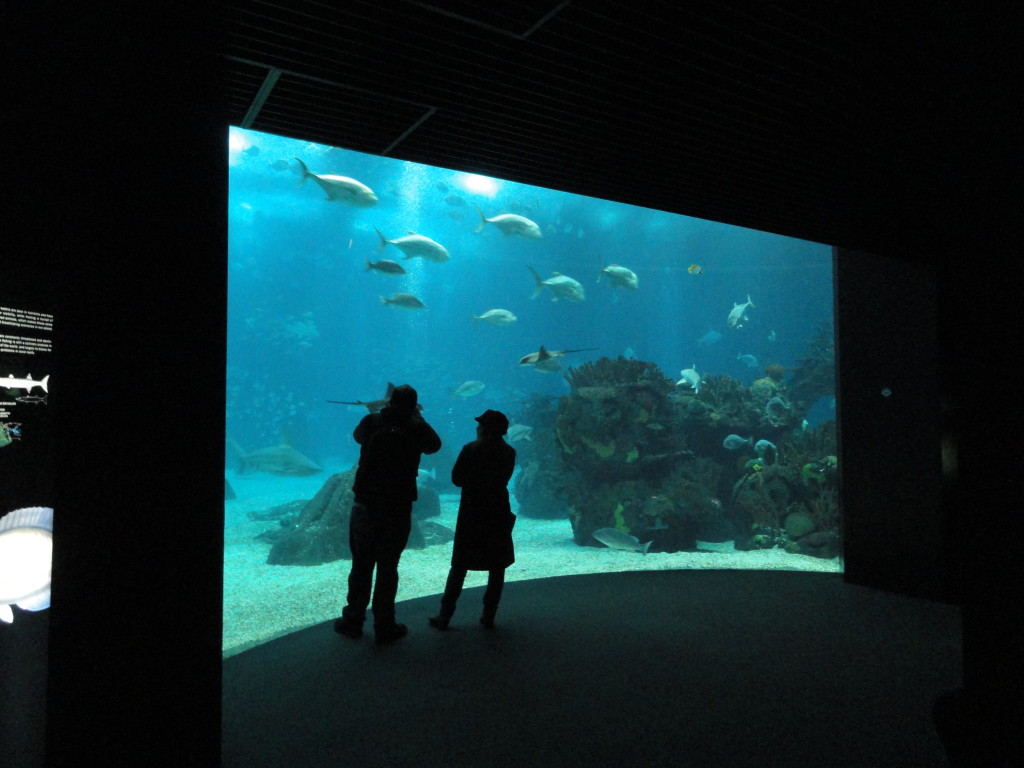
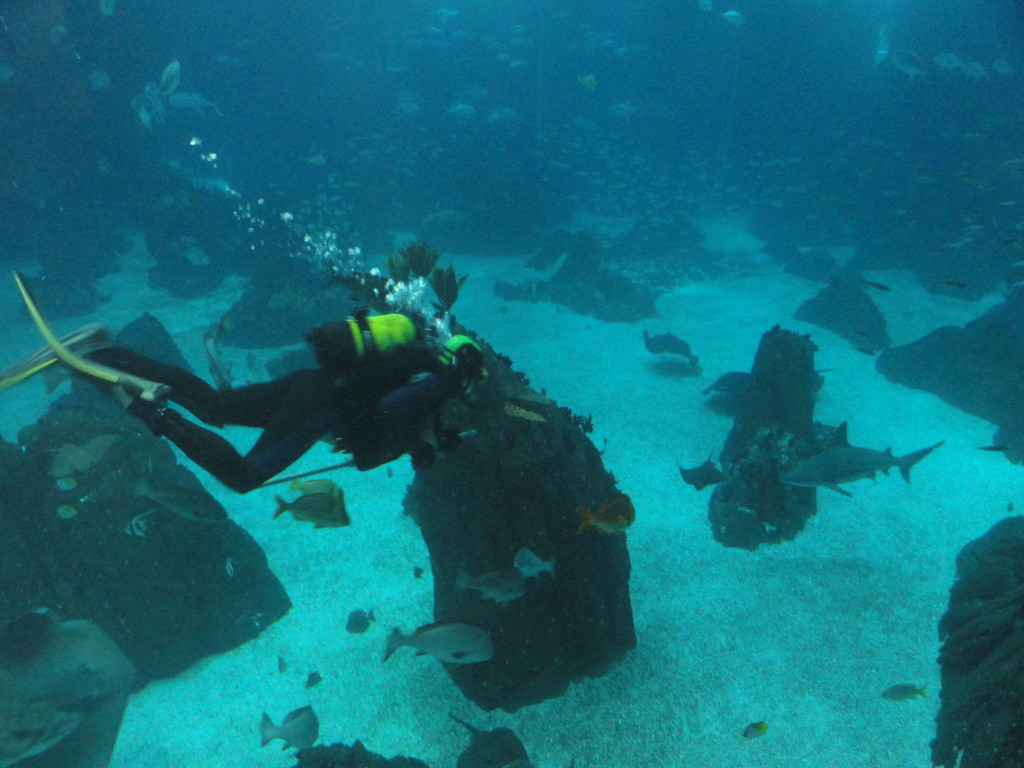

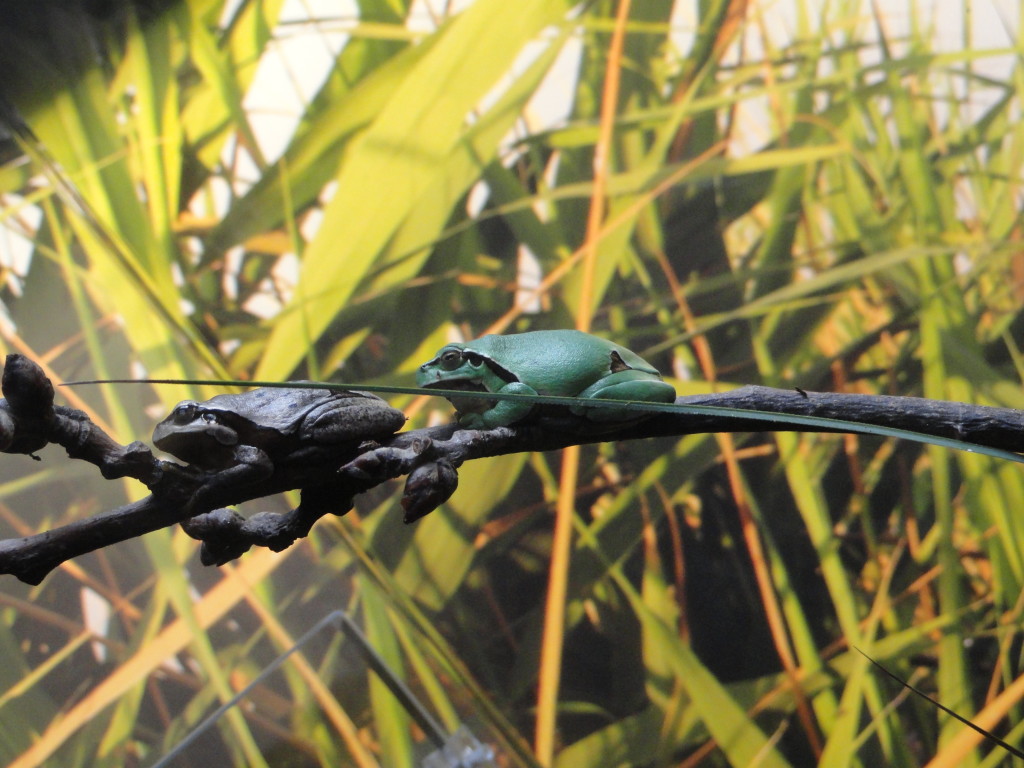
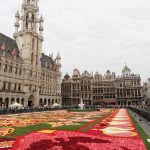 Thud.
Thud.






